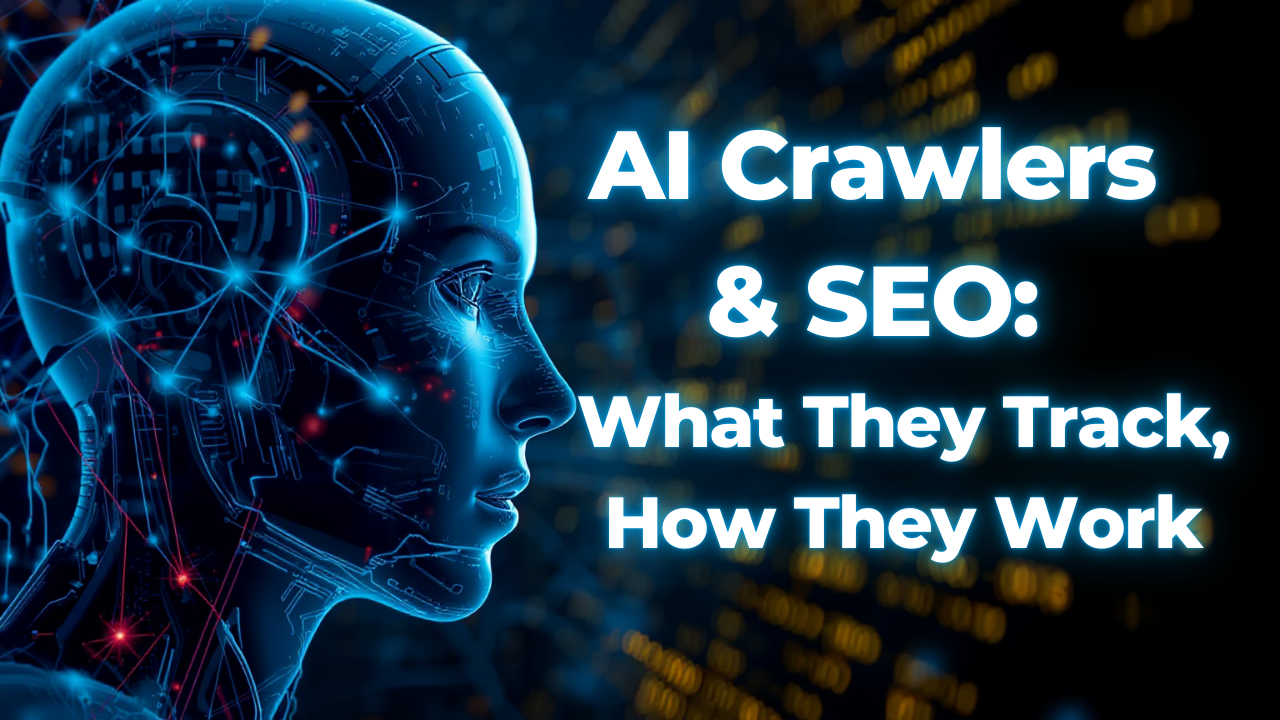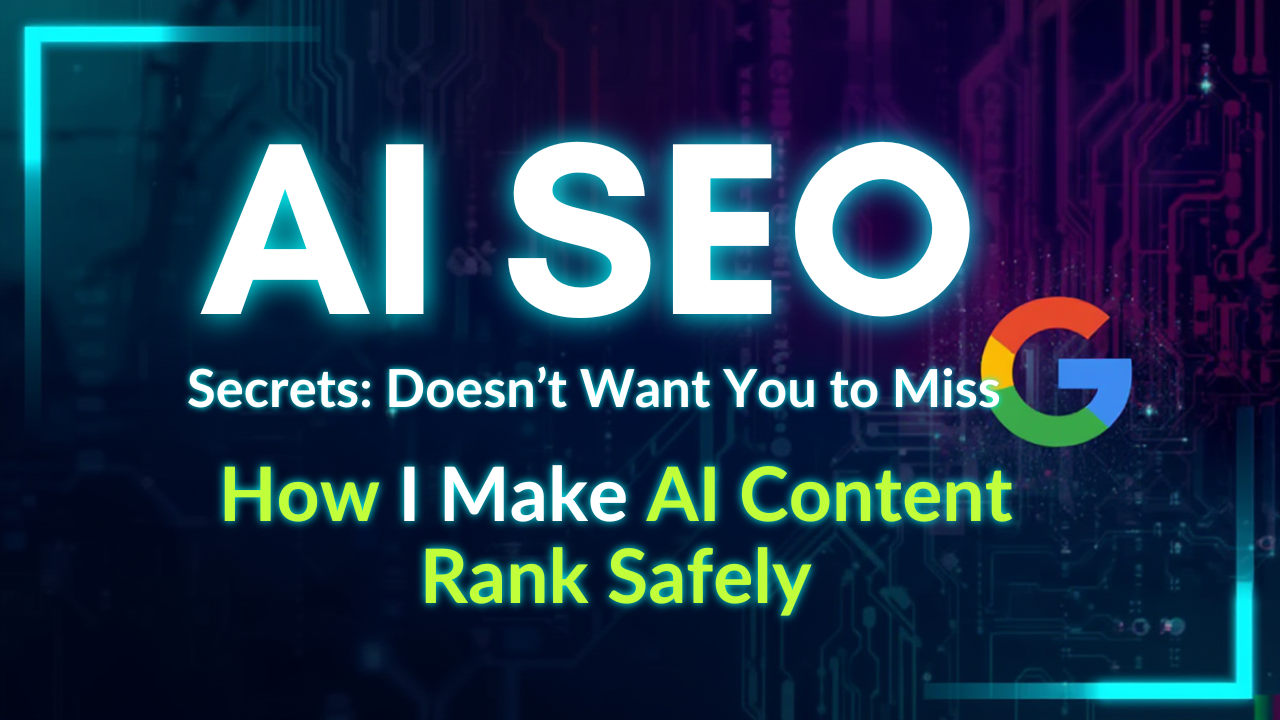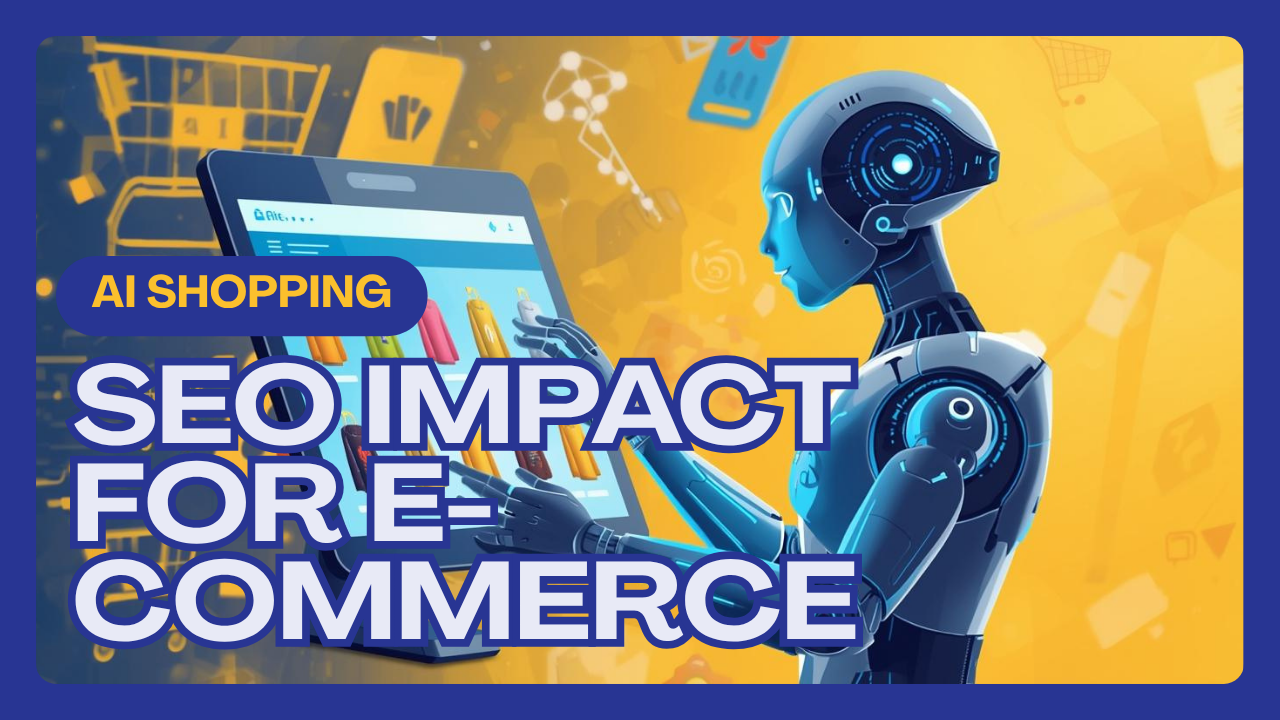The search landscape is undergoing a transformative shift, and Google AI Mode is leading the change. Unlike traditional Google search results that primarily provide a list of links, AI Mode delivers summarized, contextual, and conversational answers powered by advanced AI models like Google Gemini. This shift affects how users search for information and how businesses approach SEO and content marketing.
In this blog, we will explore what Google AI Mode Search is, why it matters, and the top strategies to optimize your website for AI-driven search experiences.
Understanding Google AI Mode Search
Google AI Mode is an experimental feature that transforms how users access information. It uses artificial intelligence to synthesize data from multiple sources and present a concise, informative answer.
Rather than clicking through ten different tabs to gather information, users now get contextual summaries directly on the search results page. This not only saves time but also creates a new opportunity for businesses to optimize their content for AI-driven discovery.
Key Highlights of Google AI Mode Search:
- Provides conversational answers instead of just links.
- Pulls information from multiple trusted sources.
- Offers follow-up question capabilities for deeper exploration.
- Supports multimodal input: text, voice, and images.
- Displays source references for transparency and credibility.
Why Optimizing for Google AI Mode Matters
With AI Mode becoming a significant part of Google Search, businesses and website owners must adapt their strategies. Here’s why optimization is crucial:
- Enhanced Visibility – Appearing in AI Mode answers gives you prime real estate on the search results page.
- Increased Credibility – AI summaries prioritize authoritative sources, helping establish trust.
- User Engagement – Well-optimized content attracts more clicks as users seek detailed information.
- Better Conversions – Context-rich, accurate content encourages faster decision-making.
- Traffic Growth – AI Mode can drive higher-quality traffic by targeting intent-driven queries.
Optimizing for AI Mode is no longer a bonus; it’s a necessity for businesses that want to stay ahead in search visibility.
Top Strategies to Optimize Your Website for Google AI Mode
1. Create Conversational, Intent-Driven Content
AI Mode prioritizes content that matches user intent and is easy to understand.
- Use headings and subheadings in question format.
- Provide clear answers that directly address the user’s query.
- Break long content into concise, readable sections.
Example: Instead of a generic heading like “SEO Benefits,” use “What are the benefits of SEO for small businesses?”
Conversational content also aligns with voice search and natural language queries, which AI Mode heavily relies on.
2. Target Featured Snippets
AI Mode often uses featured snippets to generate answers. Optimizing for these can significantly increase visibility.
- Use bullet points, numbered lists, and tables.
- Write concise summaries of 40–60 words for direct questions.
- Include step-by-step instructions where applicable.
Example: For “How to improve website speed,” create a bullet list of actionable steps.
3. Implement Structured Data (Schema Markup)
Structured data helps Google understand your content and improves chances of being selected for AI-generated answers.
- FAQ Schema: Use for question-answer sections.
- HowTo Schema: Great for tutorials or step-by-step guides.
- Article Schema: Marks up blogs and news content.
- Include author info, publish date, and organization details for credibility.
Structured data allows AI to extract key information quickly, making your content AI-friendly.
4. Optimize for User Intent and Relevance
AI Mode evaluates content based on how well it answers a query. Focus on:
- Identifying high-intent queries in your niche.
- Updating content regularly to maintain accuracy.
- Providing comprehensive answers rather than shallow content.
Use tools like Google Search Console, SEMrush, or Ahrefs to find trending queries and optimize accordingly.
5. Improve On-Page SEO
Even in AI Mode, traditional SEO elements matter.
- Optimize title tags and meta descriptions with relevant keywords.
- Use primary and secondary keywords naturally in headings and content.
- Ensure internal linking to guide both users and AI through your site.
- Optimize images with alt text for accessibility and SEO benefits.
A well-structured page helps AI summarize content effectively.
6. Enhance Readability and Formatting
AI Mode favors content that is easy to read and comprehend.
- Use short paragraphs and clear subheadings.
- Include bullet points and tables for quick understanding.
- Highlight key terms and phrases using bold text.
- Avoid unnecessary jargon to cater to a broad audience.
Readable content improves both user engagement and AI selection.
7. Optimize for Voice and Natural Language Queries
Voice search queries are conversational, and AI Mode processes similar queries.
- Include long-tail keywords phrased as questions.
- Use synonyms and related terms to match semantic search intent.
- Add a dedicated FAQ section to cover multiple user queries.
Optimizing for natural language increases your chances of being included in AI Mode responses.
8. Focus on Mobile Optimization
Most AI Mode interactions happen on mobile devices.
- Use a responsive design for all pages.
- Ensure buttons and links are easily clickable.
- Minimize pop-ups and intrusive ads.
- Optimize images and resources for faster mobile loading.
Mobile-friendly websites improve user experience and increase AI visibility.
9. Improve Page Speed
Page speed is a critical ranking factor for AI-driven search:
- Compress images using WebP or optimized formats.
- Minify CSS, JavaScript, and HTML.
- Use fast hosting solutions with server-side caching.
- Enable browser caching and CDN for global users.
Faster-loading pages enhance user experience and help AI Mode prioritize your content.
10. Build Authority and Backlinks
AI Mode favors authoritative and trustworthy sources.
- Gain backlinks from reputable websites and industry blogs.
- Collaborate with influencers and thought leaders.
- Create shareable content that naturally attracts citations.
- Focus on high-quality guest posting opportunities.
Backlinks signal trust and authority, increasing your chances of being referenced in AI-generated answers.
11. Monitor Performance and Adapt
Google AI Mode is evolving, so continuous monitoring is essential:
- Track performance using Google Search Console for queries and impressions.
- Identify pages frequently appearing in AI Mode results.
- Use analytics tools to spot gaps and optimize further.
- Adjust content strategy based on AI updates and changing user behavior.
Adaptability ensures your content remains visible and competitive in AI-driven search.
Tools to Optimize Your Website for AI Mode
- DM Cockpit – AI-powered competitor analysis, SEO insights, and content optimization.
- Google Search Console – Monitor search queries, impressions, and AI visibility.
- Ahrefs & SEMrush – Discover high-intent keywords and competitor strategies.
- Surfer SEO – Create structured, AI-friendly content.
- Schema Markup Generators – Implement FAQ, HowTo, and Article schema easily.
These tools help you align your website with Google AI Mode requirements.
Future of Google AI Mode Search
Google is continuously enhancing AI Mode, adding personalization, multilingual support, and deeper contextual understanding. Features like AI-assisted recommendations and integrations with Google Maps, Docs, and Gmail will expand the AI search ecosystem.
Websites optimized today will benefit from early adoption, gaining visibility and credibility in AI-driven search results.
Conclusion
Google AI Mode Search is reshaping the digital search landscape. Websites that provide conversational, structured, and user-focused content are more likely to appear in AI-generated summaries.
To optimize for AI Mode, focus on:
- Creating conversational, intent-driven content
- Implementing structured data
- Improving readability, page speed, and mobile experience
- Building authority through backlinks and citations
- Monitoring performance and adapting strategies continuously
By following these strategies, your website can achieve greater visibility, higher engagement, and stronger authority in the era of AI-driven search.
Start implementing these strategies today to stay ahead of the curve and make your website AI-ready for Google AI Mode Search.
Frequently Asked Questions (FAQs)
1. What is Google AI Mode Search?
Google AI Mode Search is a feature that delivers summarized, conversational answers to user queries using AI instead of just a list of links.
2. Why should I optimize my website for AI Mode?
Optimizing for AI Mode improves visibility, engagement, authority, and drives high-quality traffic by appearing in AI-generated search answers.
3. How do I create AI-friendly content?
Focus on conversational, question-based content, clear headings, bullet points, and structured, well-researched answers for user queries.
4. What is the role of structured data in AI Mode?
Structured data (FAQ, HowTo, Article schema) helps AI understand your content and increases the chances of being featured in AI-generated summaries.
5. Can AI Mode help my website get more organic traffic?
Yes. By appearing in AI-driven search answers, your website attracts high-intent visitors, increasing organic traffic and potential conversions.
6. Which tools can I use to optimize for AI Mode?
Key tools include DM Cockpit for competitor and SEO insights, Google Search Console, Ahrefs, SEMrush, Surfer SEO, and schema markup generators.
7. How important is page speed for AI Mode?
Page speed is critical. Faster websites provide better user experience, which AI Mode factors in when generating answers.
8. Does mobile optimization affect AI Mode visibility?
Yes. AI Mode prioritizes mobile-friendly content, so responsive design and optimized mobile performance are essential.
9. How often should I update content for AI Mode?
Regular updates ensure accuracy and relevance, which increases your chances of being referenced in AI-generated search results.
10. Can backlinks influence AI Mode rankings?
Yes. Authoritative backlinks signal trust and expertise, helping your website appear more frequently in AI-driven summaries.








